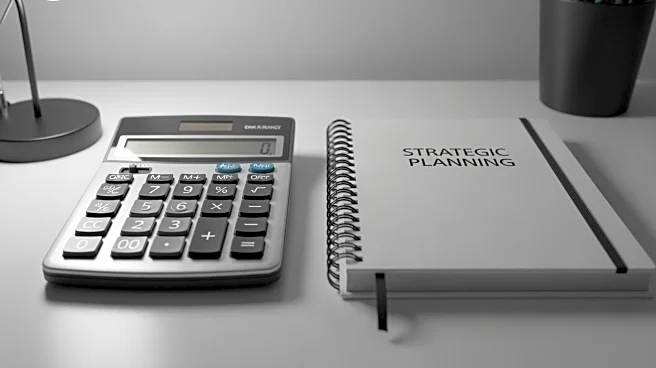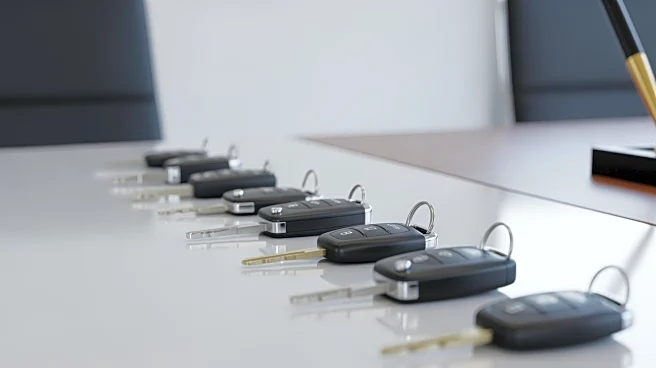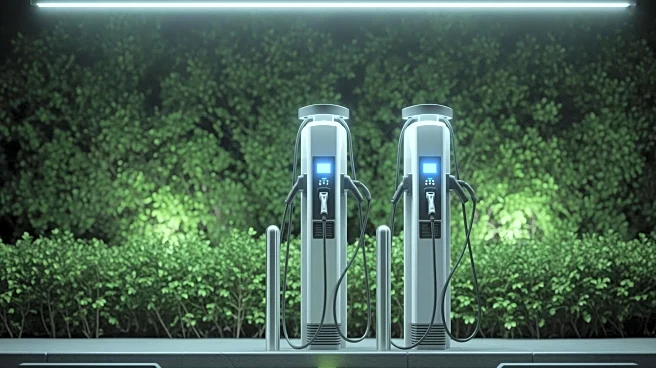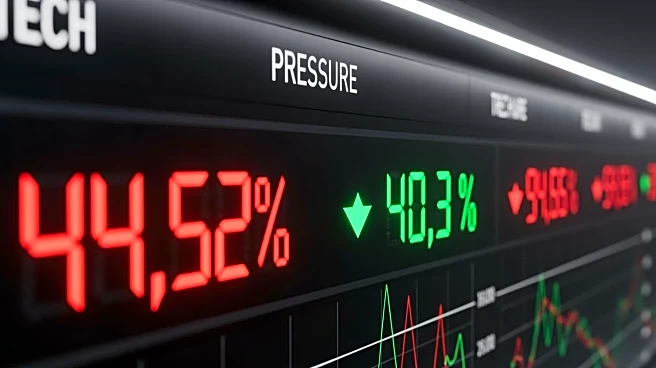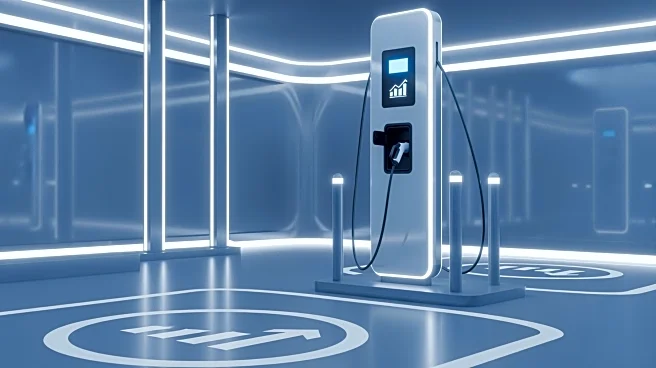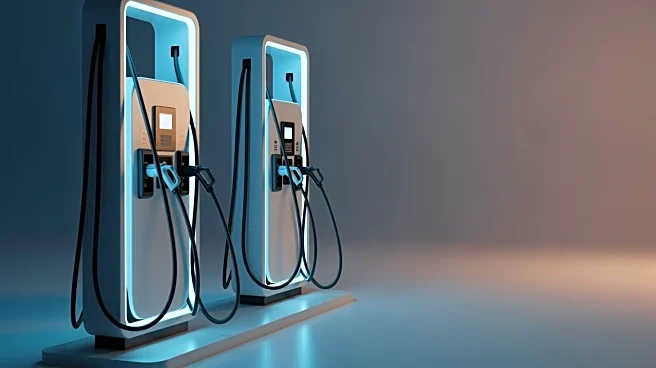What's Happening?
As winter approaches, many consumers are considering purchasing a new vehicle. According to KDKA's John Shumway, the price difference between new and used cars is currently smaller than usual. This development is significant for potential buyers who are weighing
their options between purchasing a brand-new car or opting for a used one. The report highlights that the narrowing gap may influence consumer decisions, as traditionally, used cars have been significantly cheaper than new ones. This trend could be attributed to various factors, including market dynamics, supply chain issues, and economic conditions affecting both new and used car markets.
Why It's Important?
The narrowing price gap between new and used cars has implications for the automotive industry and consumers. For buyers, this trend may lead to a reevaluation of purchasing decisions, potentially increasing the attractiveness of new cars if the price difference is minimal. For the automotive industry, this could impact sales strategies and inventory management, as dealerships may need to adjust their offerings to align with consumer preferences. Additionally, this trend could affect the used car market, potentially leading to changes in pricing strategies and inventory levels. Economic stakeholders, including manufacturers and dealerships, may need to adapt to these shifting dynamics to maintain competitiveness.
What's Next?
If the trend of narrowing price gaps continues, it could lead to increased competition between new and used car markets. Dealerships may need to offer more incentives or financing options to attract buyers. Consumers might also see changes in the availability of certain models, as manufacturers and dealers adjust their production and sales strategies. Additionally, economic factors such as interest rates and inflation could further influence car prices, impacting consumer purchasing power and decision-making. Stakeholders will likely monitor these developments closely to anticipate market shifts and respond accordingly.
Beyond the Headlines
The narrowing price gap between new and used cars may also have broader implications for environmental and economic policies. As consumers consider new cars, which often have better fuel efficiency and lower emissions, this trend could support efforts to reduce carbon footprints and promote sustainable transportation. Furthermore, the economic impact of this trend could extend to related industries, such as auto financing and insurance, as they adapt to changing consumer behaviors and market conditions.


